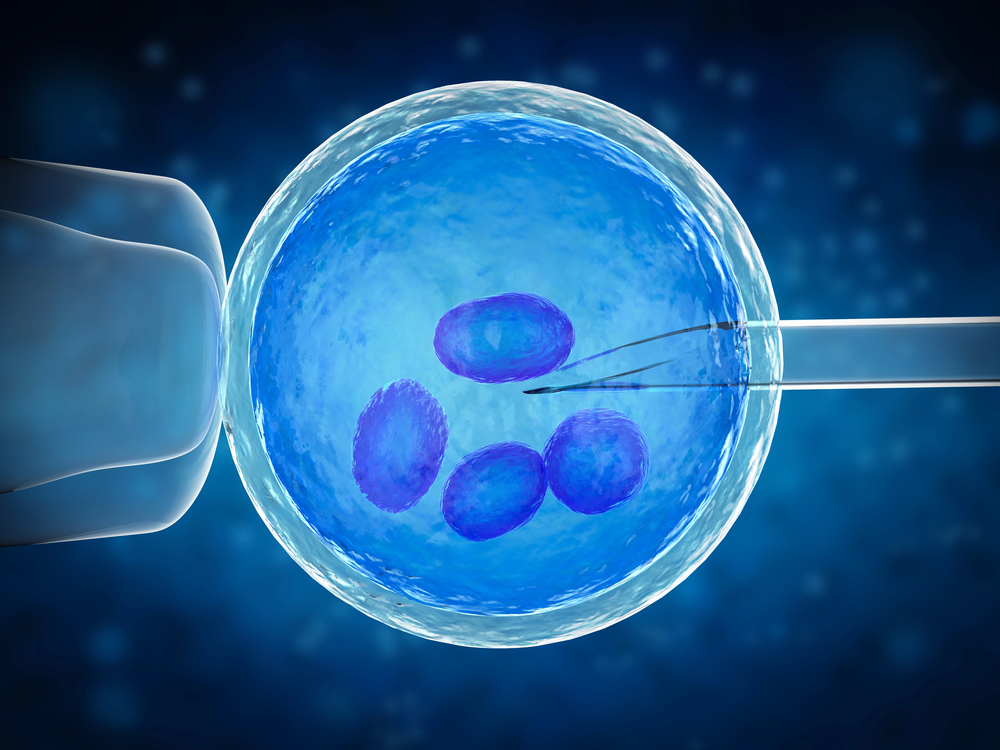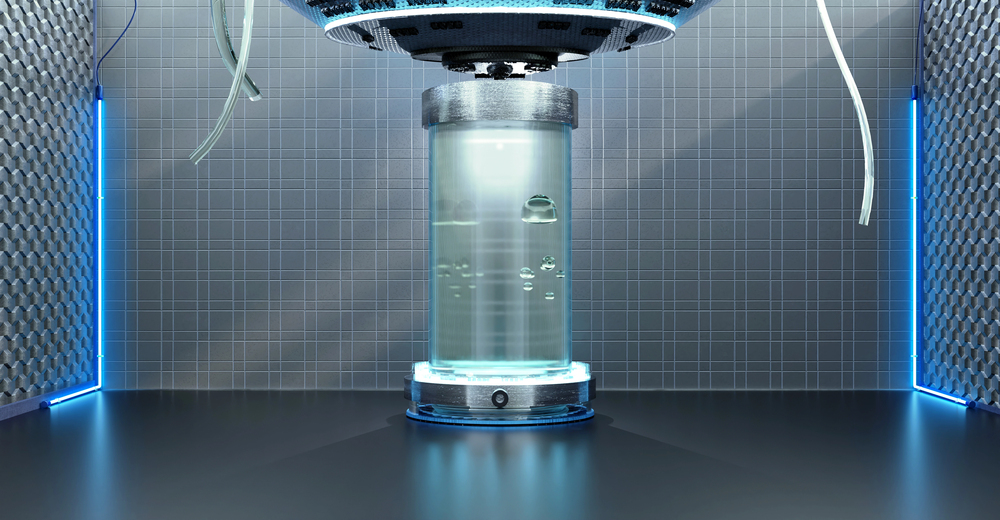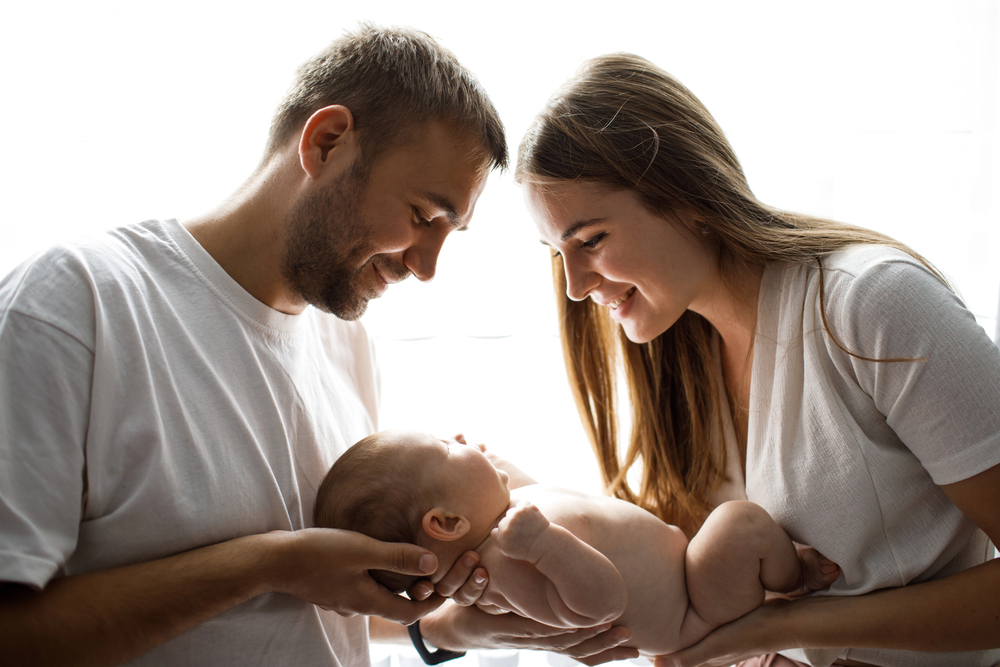
A tough question: What does it mean for family, medicine, and hope when a baby is born from an embryo that was frozen before the internet was even a twinkle on the horizon?

1. The Medical Marvel of a 30-Year-Old Embryo
Thaddeus Daniel Pierce’s July 2025 birth stunned the world of fertility. He was born healthy and thriving, but what’s unique is that he was made from a 1994-frozen embryo making him the world’s “oldest baby” from a cryopreserved embryo. This record wasn’t only a breaking point; it recast what’s possible for families who yearn for a child. As Dr. John Gordon, the reproductive endocrinologist who oversaw the transfer, put it, “All embryos are worth a chance at life and the only embryo that doesn’t have the potential to create a healthy baby is the embryo not allowed the opportunity to be transferred to a patient.” Thaddeus’s is the latest installment in the remarkable history of IVF, which began its first steps in 1978 with the birth of Louise Brown and has since enabled millions of families to grow.

2. The Emotional Journey: Parents, Donors, and the Definition of Hope
Below the headlines is an extremely human story. Linda Archerd, Thaddeus’s biological mother, created four embryos with her then-husband after years of infertility. One became her daughter, 30 now; the other three remained in storage, “my three little hopes,” she called them. Linda chose not to donate the embryos or discard them after the divorce. “I always thought it was the right thing to do,” she said, opting for embryo adoption so that she could remain involved in the child’s life. The Pierces, who had battled for nearly eight years to conceive, were matched with Linda’s embryos via the Snowflakes Open Hearts program, which specializes in matching “hard to place” embryos those on hand for years or with uncertain prospects. Lindsey Pierce recalled, “We didn’t go into it thinking we would break any records. We just wanted to have a baby.” The experience was “surreal,” as Linda described, and both families are now uniquely bonded by resilience and hope.

3. The Science of Embryo Storage: How Safe Is Long-term Freezing
Since millions of embryos have been stored worldwide, safety and efficacy of long-term storage is the most debated concern. Thaddeus and others like him were saved in early forms using slow-freezing procedures, which have been replaced by vitrification, a rapid-freezing method that avoids ice crystal damage. Recent research has shown that embryos can live for many years, with no significant variation in live births or neonatal outcomes even after prolonged storage.

A massive review of over 58,000 vitrified blastocysts found no relationship between duration of storage and clinical outcome, bringing reassurance to clinicians and optimistic parents alike. While survival rates do decline slightly with extremely long storage, the overwhelming proof is that quality of the embryo, patient age, and the like are so much greater than time on ice.

4. Navigating the Legal and Ethical Terrain of Embryo Adoption
Embryo adoption is at an intersection of family law and reproductive technology and poses unique legal and ethical concerns. It is unique in that it’s pre-birth transfer and can allow donors to establish preferences for recipient family profile, religion, or geography. In the United States, organizations like Snowflakes operate within an organizational framework that includes home studies, legal contracts, and ongoing contact between donor and recipient families. As a program director put it, “Our matching process is really driven by the placing family’s preferences.” Regulation requires infectious disease testing, informed consent, and legal counsel to secure all involved. The American Society for Reproductive Medicine maintains that embryos hold potential life but lack the same legal personhood as children born, a distinction that dictates how programs are operated and how families are formed.

5. The Psychological Realities: Identity, Support, and Family Dynamics
For those families that pursue embryo adoption, the process is no less emotionally complex than it is hopeful. Research has shown that recipients can develop feelings of insecurity about personal and family identity, stigmatization from society, and family or community coercion. A mother described, “When my baby was born, my husband’s family kept saying that she did not resemble us in the least.” They continued to repeat over and over that I had a fake pregnancy belly. Despite such issues, the majority of parents have indicated that the experience is one that offers “relative tranquility,” especially with a solid family support network, healthcare providers, and religious denominations. Psychological counseling and frank talk are essential since they help parents and children navigate problems of genetic origin, revelation, and affiliation. As one of the receiving parents expressed it, “When he was born, there was no question that he was my son. I wasn’t even aware, or I forgot, that he wasn’t my biological son. I was just completely amazed by his presence.”

6. Best Practices: Counseling, Openness, and Continued Support
Experts recommend extensive counseling of donors and recipients before, during, and after embryo adoption. This includes studying motivation, expectation, and possible problems and preparing for disclosure to children about where they come from. Most families in recent studies have chosen to tell their children the truth, usually starting early and using appropriate resources for their age. “We started exposing her to the idea very young, three or four years old.” We did it by reading this really wonderful book about penguins in the zoo that are given an egg from another household, a parent said. This openness facilitates ordinary family life and de-stigmatizes third-party reproduction in cultures. Support groups, faith communities, and professional counseling can all help to bridge the transition and appreciate the magic of new life.

7. The Broadening Horizon: IVF Milestones and the Future of Family Creation
Thaddeus’s birth is not only a medical milestone it’s an emblem of how far reproductive medicine has evolved. Since the delivery of Louise Brown, the first IVF baby in 1978, the specialty has developed at breakneck speed. Now, as many as 2% of U.S. babies are born through IVF annually, and procedures such as embryo adoption provide fresh hope to families previously without hope. As one interviewee explained, “I think it’s such a positive. It’s the greatest thing that has ever occurred to me in my life and I wish that the medical community could do more to advance it.” For potential parents and medical professionals alike, these developments are a reminder that science, human sympathy, and community can come together to create families in ways previously unimaginable.

The story of the baby who was born following a 30-year-old embryo is more than a medical news scoop it’s a testament to perseverance, dedication, and the ever-growing boundaries of parenthood.


